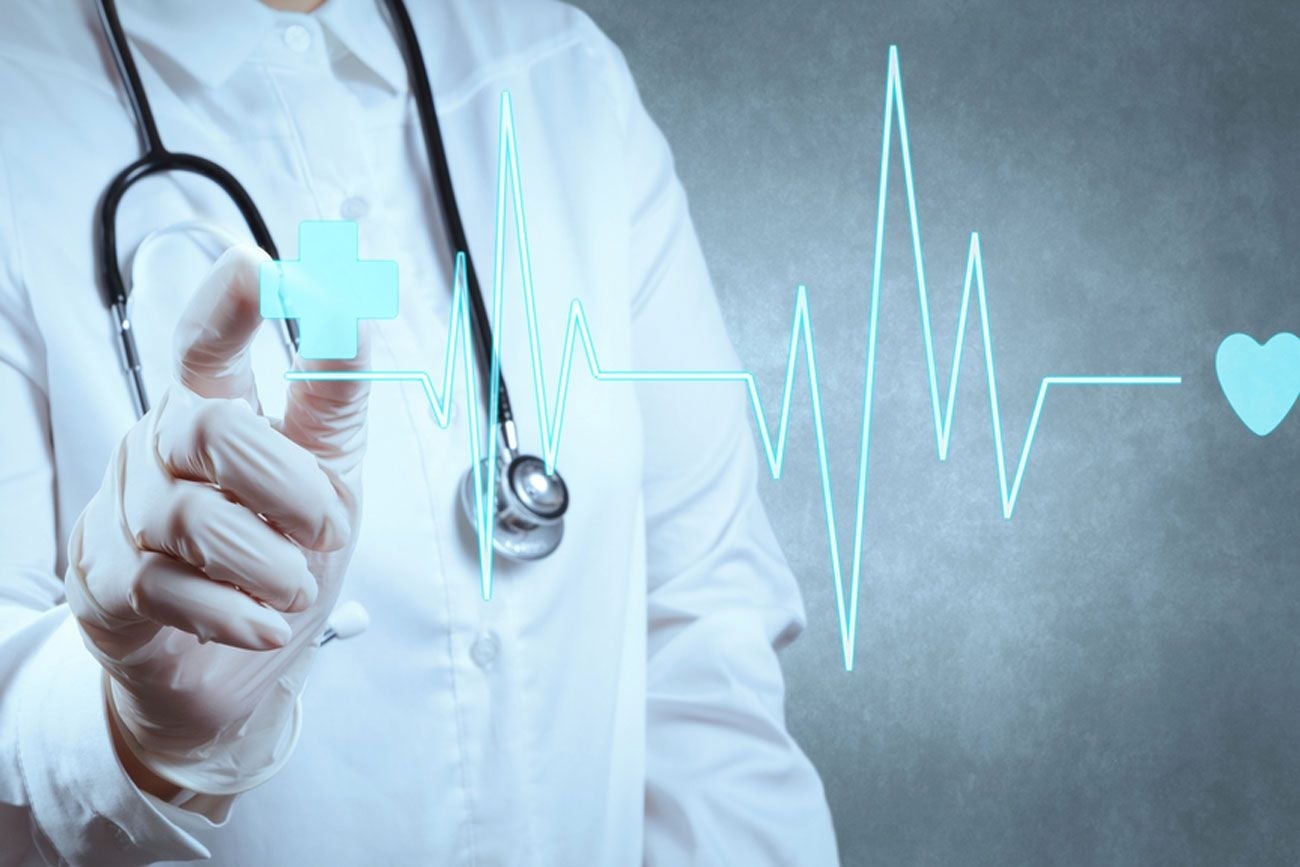Perhaps the answers to these questions can be found in existing medical care standards - such as those of the commercial aviation industry and the ones that NASA use for traditional space missions.
Now, in a new study published in the journal New Space, two experts - Stefan Neis and David Klaus, from the University of Colorado Boulder - review the current medical care standards of the civilian aviation industry and traditional space exploration sectors and consider them against the challenges posed by various types and phases of flight.
Scott Hubbard, a professor in aeronautics and astronautics at Stanford University, CA, and editor-in- chief of New Space, says:
"Medical constraints are the most important discriminators in determining who in the general population can be a spaceflight participant. This original article adds critical new knowledge to an emerging discipline."
Different types of space flight will require different medical standards
Among the factors to be considered in developing medical care standards for civilian space flights are that suborbital and orbital flights pose different risks and challenges to the human body and will likely require different codes of medical practice, skills, equipment and materials.
For example, the medical needs of suborbital civilian travel may be primarily for motion sickness and pain medication, oxygen masks and perhaps pressure suits.
Longer-term, however, orbital tourist flights will likely demand higher levels of medical care, including flight staff trained in emergency equipment and treatment. There may also be a need to deliver care from a spacesuit to others in spacesuits.
These considerations are over and above the rigorous medical exams that space tourists will have to undergo before they can even qualify to travel on a space flight.
In their review, the authors point to the factors that the NASA medical standards address in order to provide the proper level of care for different space missions. They suggest these should also be considered when establishing medical standards for commercial spaceflight. The factors include, for example:
The providers of medical care and what level of training they have
The type and duration of the mission and its objectives
The pre-flight health status of those on board
Medical risk of illness or injury
The level of accepted medical risk
Time required for return to Earth and fallback location for more definitive medical treatment.
Experience in commercial aviation brings other lessons
Experience in commercial aviation brings other lessons that we can learn and apply to space tourism, note the authors. In their study, they review medical standards of the United Nation's International Civil Aviation Organization (ICAO), the US Federal Aviation Authority (FAA), the International Air Transport Association (IATA) and European Civil Aviation Regulations (EASA).
In summarizing their thoughts on lessons that can be learned from the civil aviation industry, the authors point to a comprehensive list of equipment, consumables and outfitting that should be considered for civilian spaceflight.
These include first aid kits, emergency medical kits, automated external defibrillators (AEDs), oxygen masks and supplemental oxygen. Also, at least one traveler on a space flight should be trained in basic emergency medicine response.
Ability to offer treatment in spacesuits may also be a consideration; for example, if someone needs emergency care when carrying out a mission outside the spacecraft or if there is a need to offer treatment in a depressurized cabin.
Other points to consider include how to restrain and deal with unruly passengers, effects of potential radiation exposure, using telemedicine and provision of conference facilities to discuss diagnostic and treatment decisions with ground experts, and basic or advanced surgical and dental care.
On suborbital flights, there may not be a requirement for advanced medical and surgical care as there is the opportunity for a relatively quick return to Earth. However, this may not be an option in long-term orbital missions, so higher levels of care will be required "and will likely need to be automated to some degree," note the authors.
There are also commercial implications to consider once spaceflight is opened up to paying passengers. For example, in providing medical care for their passengers, commercial airlines must not only balance immediate risks and the direct costs associated with possible diversions to alternative medical care, but also the knock-on effects on other passengers and the overall risk to the flight.
Baseline level of care possible - but 'no single comprehensive level can be defined'
Public expectations of passenger care may also gain influence. In commercial aviation, airlines are acutely aware of how their handling of major and minor events play out in social media.
The authors conclude from their review that a baseline level of care can be developed for the commercial human spaceflight industry, but note that:
"Given the complexity and variety of commercial space mission scenarios, it is not likely that a single, comprehensive level of care requirement can be defined."
Astronaut experience with diagnostic equipment can also bring lessons to enhance training back on Earth. In 2011, for example, Medical News Today learned how use of ultrasound tools in space helped to inform training of medical students and also how to treat Olympic athletes.
http://www.medicalnewstoday.com/articles/288036.php






